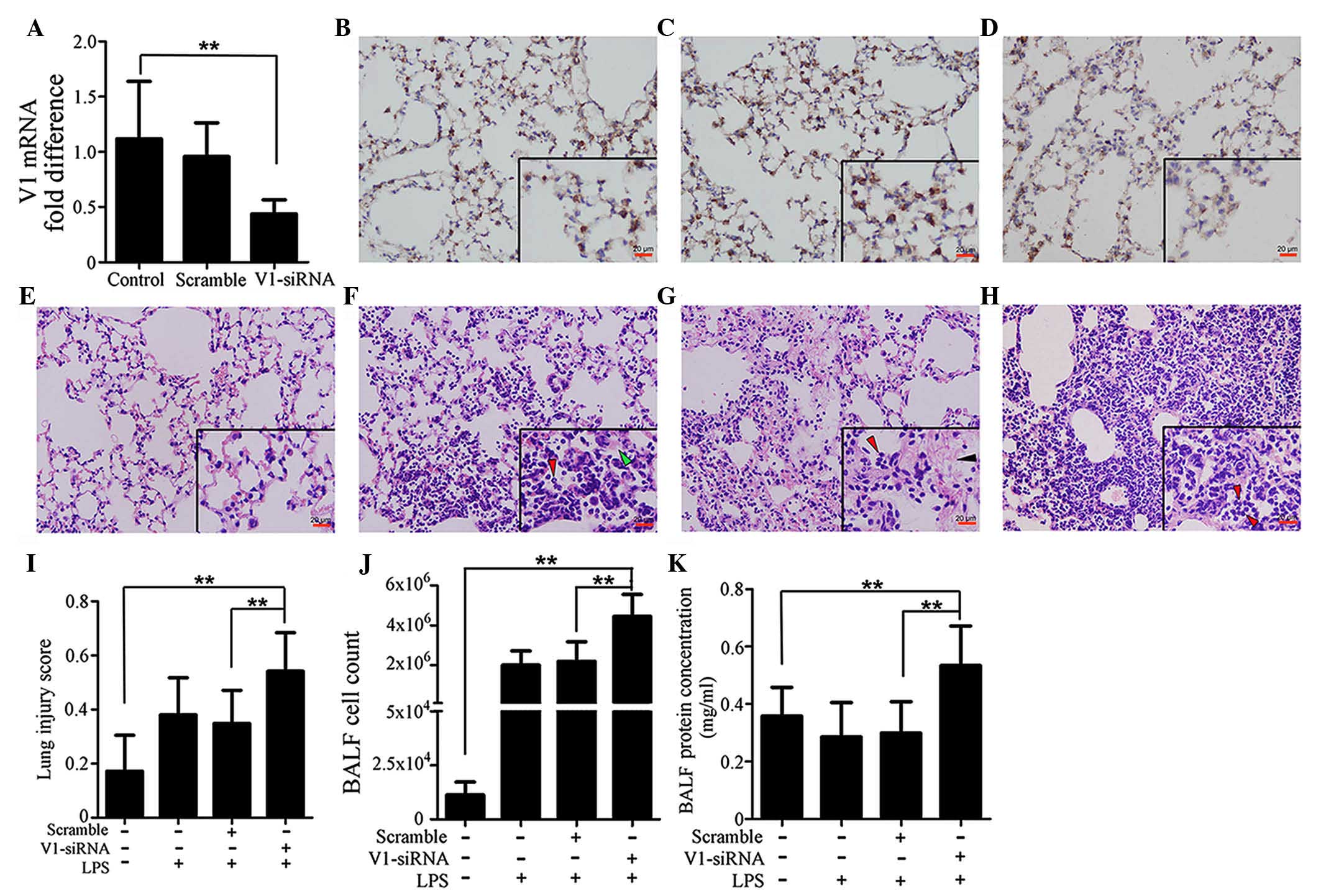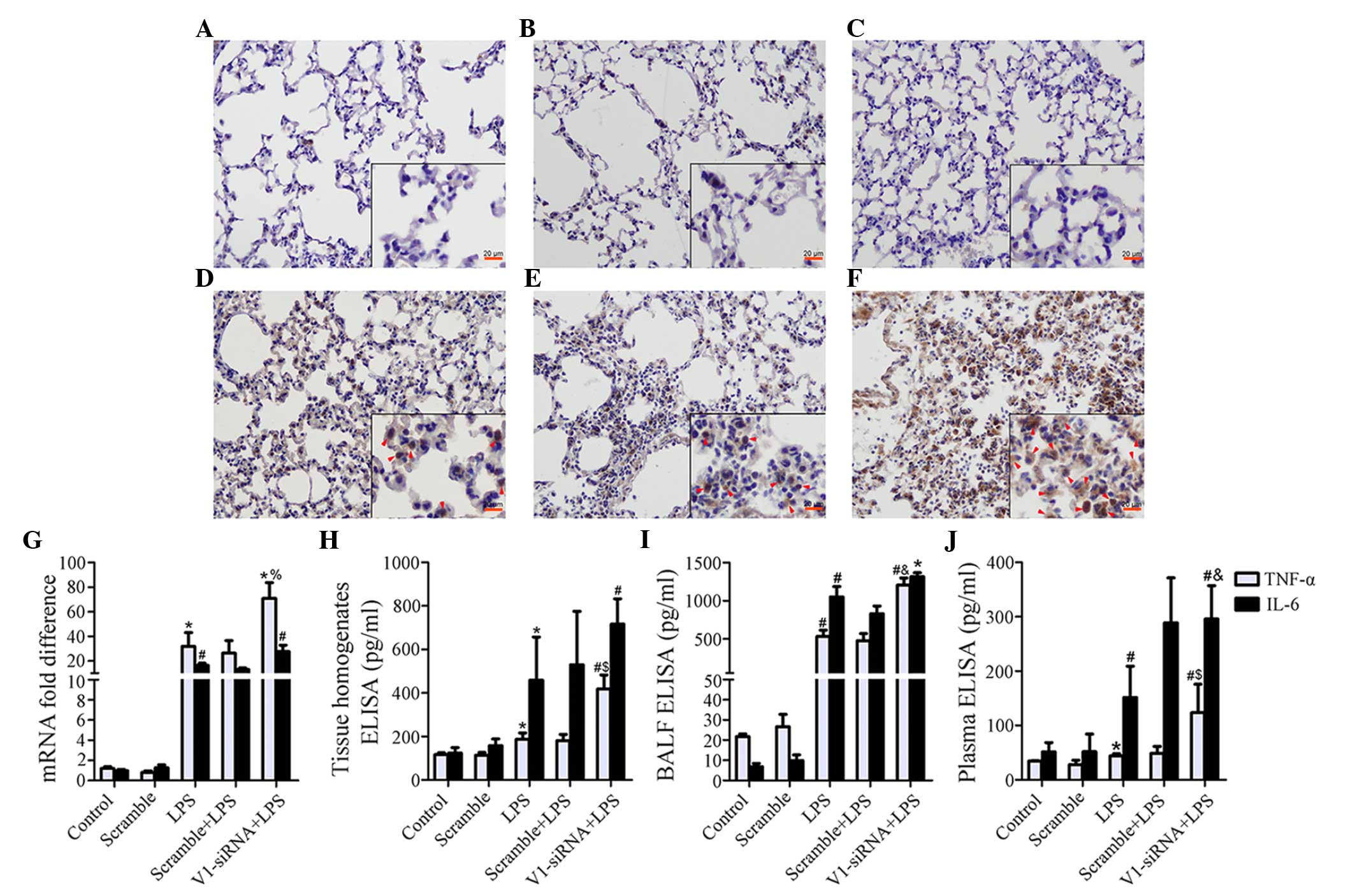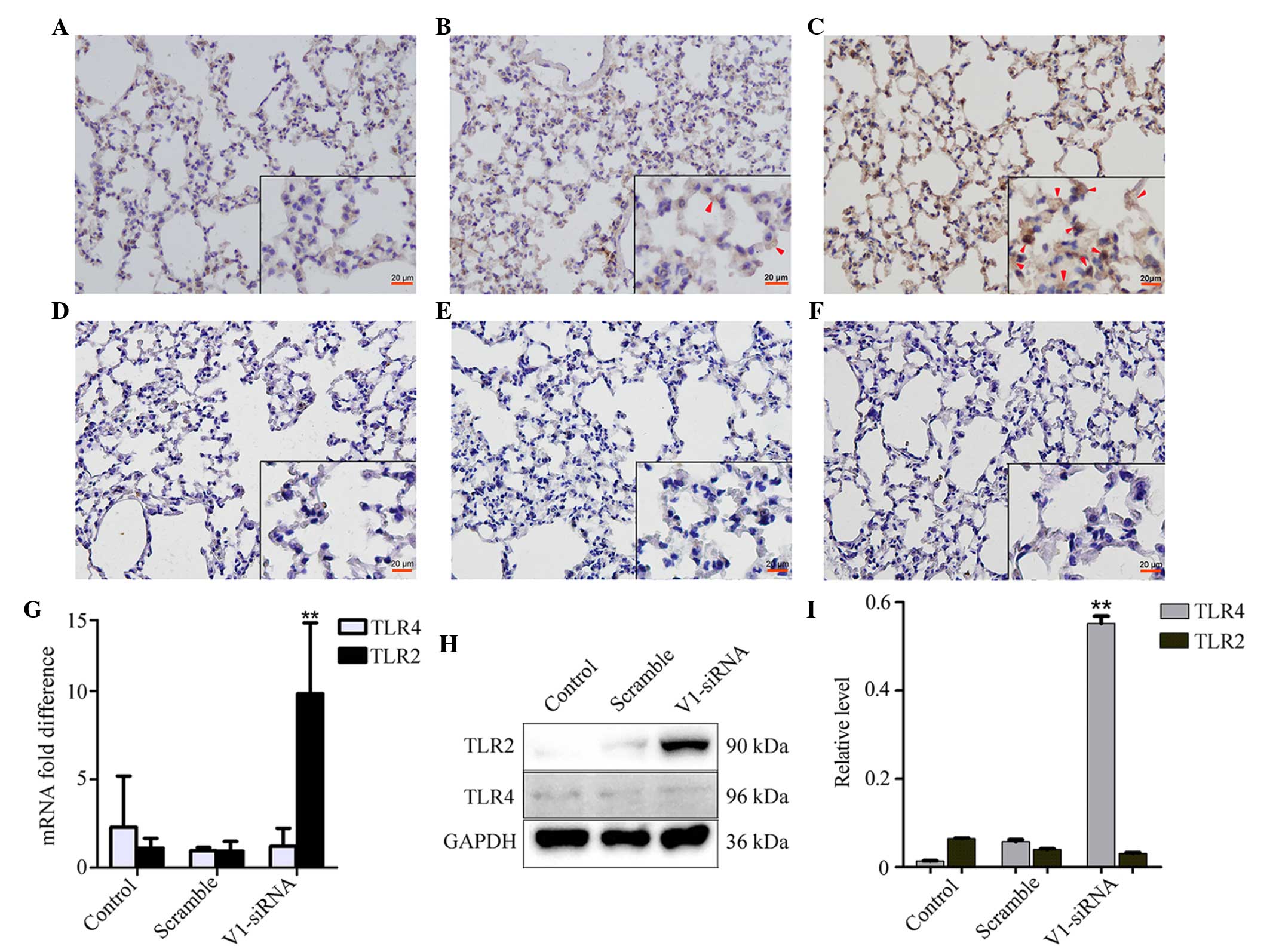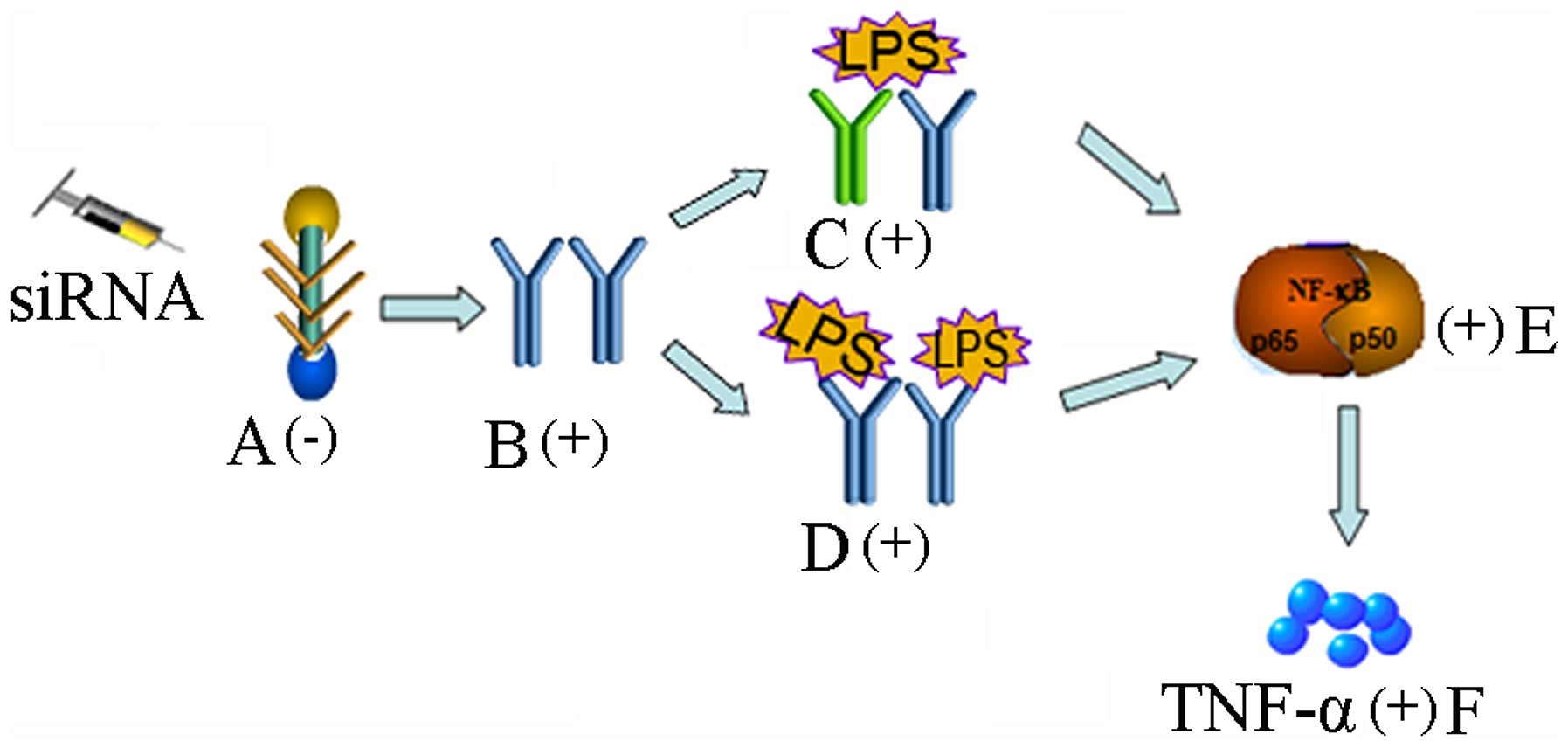|
1
|
Seewaldt V: ECM stiffness paves the way
for tumor cells. Nat Med. 20:332–333. 2014. View Article : Google Scholar : PubMed/NCBI
|
|
2
|
Spill F, Reynolds DS, Kamm RD and Zaman
MH: Impact of the physical microenvironment on tumor progression
and metastasis. Curr Opin Biotechnol. 40:41–48. 2016. View Article : Google Scholar : PubMed/NCBI
|
|
3
|
Zamir E and Geiger B: Molecular complexity
and dynamics of cell-matrix adhesions. J Cell Sci. 114:3583–3590.
2001.PubMed/NCBI
|
|
4
|
Ieda M, Tsuchihashi T, Ivey KN, Ross RS,
Hong TT, Shaw RM and Srivastava D: Cardiac fibroblasts regulate
myocardial proliferation through beta1 integrin signaling. Dev
Cell. 16:233–244. 2009. View Article : Google Scholar : PubMed/NCBI
|
|
5
|
Kanekar S, Borg TK, Terracio L and Carver
W: Modulation of heart fibroblast migration and collagen gel
contraction by IGF-I. Cell Adhes Commun. 7:513–523. 2000.
View Article : Google Scholar : PubMed/NCBI
|
|
6
|
Valiente-Alandi I, Schafer AE and Blaxall
BC: Extracellular matrix-mediated cellular communication in the
heart. J Mol Cell Cardiol. 91:228–237. 2016. View Article : Google Scholar : PubMed/NCBI
|
|
7
|
Lee-Sayer SS, Dong Y, Arif AA, Olsson M,
Brown KL and Johnson P: The where, when, how, and why of hyaluronan
binding by immune cells. Front Immunol. 6:1502015. View Article : Google Scholar : PubMed/NCBI
|
|
8
|
Zimmermann DR and Ruoslahti E: Multiple
domains of the large fibroblast proteoglycan, versican. EMBO J.
8:2975–2981. 1989.PubMed/NCBI
|
|
9
|
Andersson-Sjöland A, Hallgren O,
Rolandsson S, Weitoft M, Tykesson E, Larsson-Callerfelt AK,
Rydell-Törmänen K, Bjermer L, Malmström A, Karlsson JC and
Westergren-Thorsson G: Versican in inflammation and tissue
remodeling: the impact on lung disorders. Glycobiology. 25:243–251.
2015. View Article : Google Scholar :
|
|
10
|
Sampson PM, Boyd RB, Pietra GG and Fishman
AP: Glycosaminoglycan biosynthesis in the isolated perfused rat
lung. J Appl Physiol Respir Environ Exerc Physiol. 57:1648–1654.
1984.PubMed/NCBI
|
|
11
|
Wu YJ, La Pierre DP, Wu J, Yee AJ and Yang
BB: The interaction of versican with its binding partners. Cell
Res. 15:483–494. 2005. View Article : Google Scholar : PubMed/NCBI
|
|
12
|
Dours-Zimmermann MT, Maurer K, Rauch U,
Stoffel W, Fässler R and Zimmermann DR: Versican V2 assembles the
extracellular matrix surrounding the nodes of ranvier in the CNS. J
Neurosci. 29:7731–7742. 2009. View Article : Google Scholar : PubMed/NCBI
|
|
13
|
Zhang ZW, Zhang JP, Zhou TT, Feng WH and
Jiao BH: Does the expression of versican isoforms contribute to the
pathogenesis of neurodegenerative diseases? Arch Med Res.
42:258–260. 2011. View Article : Google Scholar : PubMed/NCBI
|
|
14
|
Cattaruzza S, Schiappacassi M,
Ljungberg-Rose A, Spessotto P, Perissinotto D, Mörgelin M, Mucignat
MT, Colombatti A and Perris R: Distribution of PG-M/versican
variants in human tissues and de novo expression of isoform V3 upon
endothelial cell activation, migration, and neoangiogenesis in
vitro. J Biol Chem. 277:47626–47635. 2002. View Article : Google Scholar : PubMed/NCBI
|
|
15
|
Kischel P, Waltregny D, Dumont B, Turtoi
A, Greffe Y, Kirsch S, De Pauw E and Castronovo V: Versican
overexpression in human breast cancer lesions: Known and new
isoforms for stromal tumor targeting. Int J Cancer. 126:640–650.
2010. View Article : Google Scholar
|
|
16
|
Wu Y, Chen L, Zheng PS and Yang BB: beta
1-Integrin-mediated glioma cell adhesion and free radical-induced
apoptosis are regulated by binding to a C-terminal domain of
PG-M/versican. J Biol Chem. 277:12294–12301. 2002. View Article : Google Scholar : PubMed/NCBI
|
|
17
|
Yang BL, Zhang Y, Cao L and Yang BB: Cell
adhesion and proliferation mediated through the G1 domain of
versican. J Cell Biochem. 72:210–220. 1999. View Article : Google Scholar : PubMed/NCBI
|
|
18
|
Ang LC, Zhang Y, Cao L, Yang BL, Young B,
Kiani C, Lee V, Allan K and Yang BB: Versican enhances locomotion
of astrocytoma cells and reduces cell adhesion through its G1
domain. J Neuropathol Exp Neurol. 58:597–605. 1999. View Article : Google Scholar : PubMed/NCBI
|
|
19
|
Wight TN, Kang I and Merrilees MJ:
Versican and the control of inflammation. Matrix Biol. 35:152–161.
2014. View Article : Google Scholar : PubMed/NCBI
|
|
20
|
Frey H, Schroeder N, Manon-Jensen T, Iozzo
RV and Schaefer L: Biological interplay between proteoglycans and
their innate immune receptors in inflammation. FEBS J.
280:2165–2179. 2013. View Article : Google Scholar : PubMed/NCBI
|
|
21
|
Kim S, Takahashi H, Lin WW, Descargues P,
Grivennikov S, Kim Y, Luo JL and Karin M: Carcinoma-produced
factors activate myeloid cells through TLR2 to stimulate
metastasis. Nature. 457:102–106. 2009. View Article : Google Scholar : PubMed/NCBI
|
|
22
|
Wang W, Xu GL, Jia WD, Ma JL, Li JS, Ge
YS, Ren WH, Yu JH and Liu WB: Ligation of TLR2 by versican: A link
between inflammation and metastasis. Arch Med Res. 40:321–323.
2009. View Article : Google Scholar : PubMed/NCBI
|
|
23
|
Wang HM, Bodenstein M and Markstaller K:
Overview of the pathology of three widely used animal models of
acute lung injury. Eur Surg Res. 40:305–316. 2008. View Article : Google Scholar : PubMed/NCBI
|
|
24
|
Chen H, Bai C and Wang X: The value of the
lipopolysaccharide-induce acute lung injury model in respiratory
medicine. Expert Rev Respir Med. 4:773–783. 2010. View Article : Google Scholar : PubMed/NCBI
|
|
25
|
Netea MG, van Deuren M, Kullberg BJ,
Cavaillon JM and Van der Meer JW: Does the shape of lipid A
determine the interaction of LPS with Toll-like receptors? Trends
Immunol. 23:135–139. 2002. View Article : Google Scholar : PubMed/NCBI
|
|
26
|
Togbe D, Schnyder-Candrian S, Schnyder B,
Doz E, Noulin N, Janot L, Secher T, Gasse P, Lima C, Coelho FR, et
al: Toll-like receptor and tumor necrosis factor dependent
endotoxin-induced acute lung injury. Int J Exp Pathol. 88:387–391.
2007. View Article : Google Scholar : PubMed/NCBI
|
|
27
|
Mukhopadhyay S, Hoidal JR and Mukherjee
TK: Role of TNF alpha in pulmonary pathophysiology. Respir Res.
7:1252006. View Article : Google Scholar
|
|
28
|
Fink L, Seeger W, Ermert L, Hänze J, Stahl
U, Grimminger F, Kummer W and Bohle RM: Real-time quantitative
RT-PCR after laser-assisted cell picking. Nat Med. 4:1329–1333.
1998. View Article : Google Scholar : PubMed/NCBI
|
|
29
|
Matute-Bello G, Downey G, Moore BB,
Groshong SD, Matthay MA, Slutsky AS and Kuebler WM; Acute Lung
Injury in Animals Study Group: An official American thoracic
society workshop report: Features and measurements of experimental
acute lung injury in animals. Am J Respir Cell Mol Biol.
44:725–738. 2011. View Article : Google Scholar : PubMed/NCBI
|
|
30
|
Toeda K, Nakamura K, Hirohata S, Hatipoqlu
OF, Demircan K, Yamawaki H, Oqawa H, Kusachi S, Shiratori Y and
Ninomiya Y: Versican is induced in infiltrating monocytes in
myocardial infarction. Mol Cell Biochem. 280:47–56. 2005.
View Article : Google Scholar : PubMed/NCBI
|
|
31
|
Asplund A, Fridén V, Stillemark-Billton P,
Camejo G and Bondjers G: Macrophages exposed to hypoxia secrete
proteoglycans for which LDL has higher affinity. Atherosclerosis.
215:77–81. 2011. View Article : Google Scholar : PubMed/NCBI
|
|
32
|
Gill S, Wight TN and Frevert CW:
Proteoglycans: Key regulators of pulmonary inflammation and the
innate immune response to lung infection. Anat Rec (Hoboken).
293:968–981. 2010. View
Article : Google Scholar
|
|
33
|
Chang MY, Tanino Y, Vidova V, Kinsella MG,
Chan CK, Johnson PY, Wight TN and Frevert CW: Reprint of: A rapid
increase in macrophage-derived versican and hyaluronan in
infectious lung disease. Matrix Biol. 35:162–173. 2014. View Article : Google Scholar : PubMed/NCBI
|
|
34
|
Westergren-Thorsson G, Antonsson P,
Malmström A, Heinegård D and Oldberg A: The synthesis of a family
of structurally related proteoglycans in fibroblasts is differently
regulated by TFG-beta. Matrix. 11:177–183. 1991. View Article : Google Scholar : PubMed/NCBI
|
|
35
|
Wang X, Hu G and Zhou J: Repression of
versican expression by microRNA-143. J Biol Chem. 285:23241–23250.
2010. View Article : Google Scholar : PubMed/NCBI
|
|
36
|
Raabe T, Bukrinsky M and Currie RA:
Relative contribution of transcription and translation to the
induction of tumor necrosis factor-alpha by lipopolysaccharide. J
Biol Chem. 273:974–980. 1998. View Article : Google Scholar : PubMed/NCBI
|
|
37
|
Zhang Z, Miao L and Wang L: Inflammation
amplification by versican: The first mediator. Int J Mol Sci.
13:6873–6882. 2012. View Article : Google Scholar : PubMed/NCBI
|
|
38
|
Li D, Wang X, Wu JL, Quan WQ, Ma L, Yang
F, Wu KY and Wan HY: Tumor-produced versican V1 enhances
hCAP18/LL-37 expression in macrophages through activation of TLR2
and vitamin D3 signaling to promote ovarian cancer progression in
vitro. PLoS One. 8:e566162013. View Article : Google Scholar : PubMed/NCBI
|
|
39
|
Said N, Sanchez-Carbayo M, Smith SC and
Theodorescu D: RhoGDI2 suppresses lung metastasis in mice by
reducing tumor versican expression and macrophage infiltration. J
Clin Invest. 122:1503–1518. 2012. View
Article : Google Scholar : PubMed/NCBI
|
|
40
|
Fukuyama A, Tanaka K, Kakizaki I, Kasai K,
Chiba M, Nakamura T and Mizunuma H: Anti-inflammatory effect of
proteoglycan and progesterone on human uterine cervical
fibroblasts. Life Sci. 90:484–488. 2012. View Article : Google Scholar : PubMed/NCBI
|



















